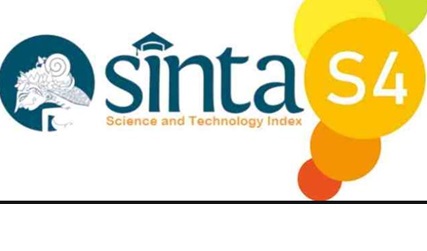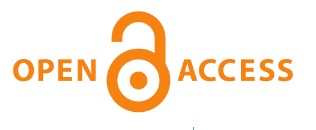Arahan Penetapan Perlindungan Lahan Pertanian di Sekitaran Pusat Kota Bandung: (Studi Kasus Kabupaten Bandung)
Designating Agricultural Land Protection in the Vicinity of Downtown Bandung: A Case Study of Bandung Regency
Abstract
The conversion of rice fields into non-agricultural areas poses a serious threat to food security, especially in urbanizing regions such as Bandung Regency. This study aims to map and predict land use changes up to 2035, while evaluating the effectiveness of Sustainable Food Agricultural Land (LP2B) protection policies. The research employs a GIS–Cellular Automata-based spatial modeling approach combined with factor weighting through the Analytic Hierarchy Process (AHP). Simulations were conducted under three scenarios: free (no policy), moderate (RTRW1), and optimistic (RTRW2). Findings indicate a substantial decrease in rice field areas across all scenarios: 12,773 ha (free), 11,211 ha (RTRW1), and 10,850 ha (RTRW2). Meanwhile, residential land expanded significantly, particularly under formal spatial planning scenarios. These trends reveal that while spatial plans can mitigate conversion rates, current protection measures remain insufficient to resist development pressure. Key driving factors of land conversion include accessibility, transportation infrastructure, and proximity to public facilities. This study concludes that strengthening spatially-based LP2B zoning and improving integration between spatial and food policies are critical. Without assertive and data-driven intervention, Bandung Regency risks losing its strategic role as a regional food production hub. The study offers strategic recommendations for long-term spatial planning that prioritizes sustainability and agricultural resilience.













